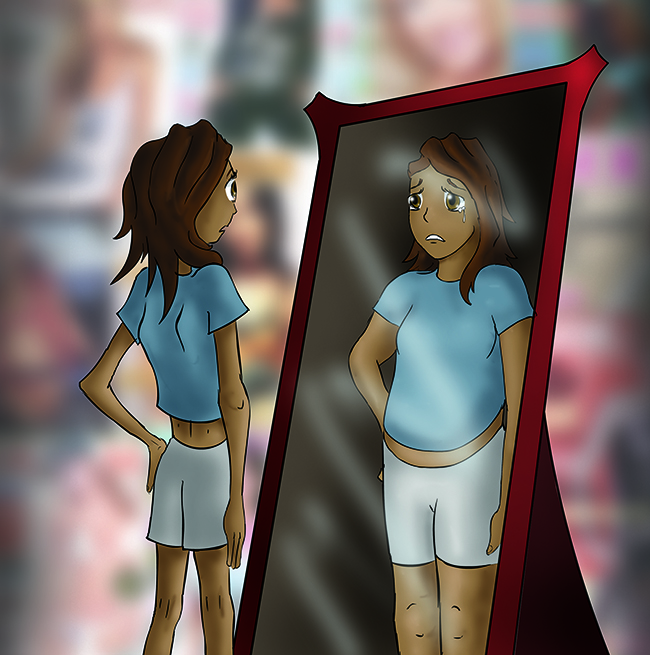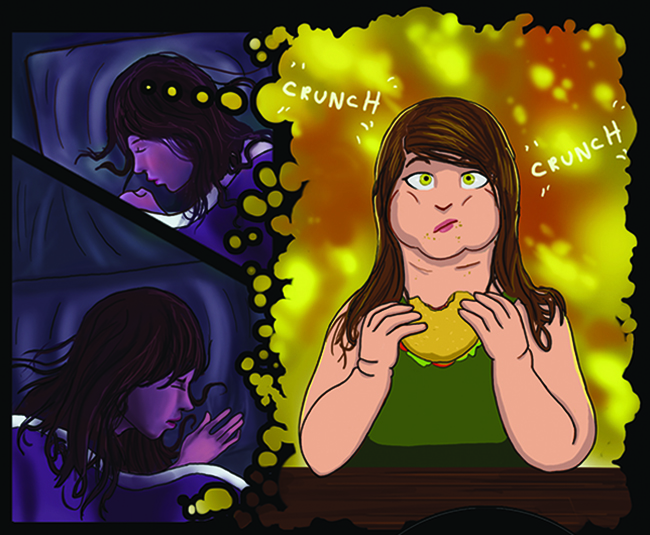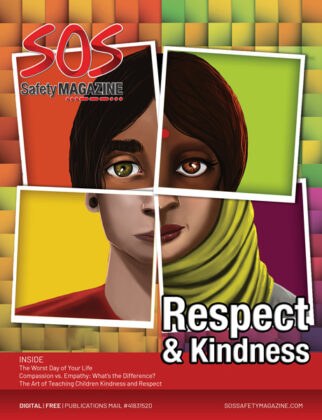ARTICLES, HEALTHY LIVING & WELL BEING. EATING DISORDERS
Eating Disorders: What is Anorexia and Bulimia?

Eating disorders are characterized by severely disturbed eating behaviours. The two most common types of eating disorders are Anorexia Nervosa and Bulimia Nervosa. Individuals with these disorders have a disturbed vision of their body shape and weight and have a heightened fear of gaining weight. The causes of these eating disorders are unknown but are influenced by society’s views and portrayal of thinness and attractiveness in media.
Anorexia Nervosa
Anorexia Nervosa is a mental health disorder, which occurs in women in 90% of cases. Individuals with anorexia may start off with light dieting, but the disease often becomes characterized by an extreme obsession with weight and severe fear of weight gain or obesity. Most often, the individuals will starve themselves, count calories and follow strict routines, while exercising excessively. The most significant characteristic is distorted body image, meaning that even if the individual loses an extreme amount of weight, they will still see themselves as “fat”.
Bulimia Nervosa
Individuals who have anorexia will sometimes go through bulimic cycles and vice versa. However, while the main goal of anorexia is to eat as little as possible, bulimia includes cycles of “binging” and “purging”. “Binging” involves the individual eating large amounts of food in one sitting while “Purging” is compensating for the amount of food eaten most often through self-induced vomiting. Approximately 1-3% of young women will develop bulimia in their lifetime.
Eating disorders often occur in early adolescence or early adulthood and tend to affect women ten times more than men according to Stats Canada. Individuals who tend to have a more perfectionist attitude towards aspects in their lives such as school, work, or extracurricular activities, and of course in appearances, are more at risk for eating disorders. This also applies to individuals with already present psychological disorders.
Eating disorders often lead to social isolation due to avoidance of food, making it difficult to go out and eat with friends, extreme secrecy, and often result in extreme health complications and depression. According to the Canadian Mental Health Association, up to 10% of people living with anorexia nervosa die from health problems related to the eating disorder or from suicide.
Seek Help
Eating disorders do not just affect young people or specifically young women. It affects the families and loved ones of those individuals as they are left feeling helpless, unable to make their son, daughter, sister, or friend see that they are not “fat” and are in fact hurting themselves to have the “perfect” body. You may have an eating disorder if:
- You constantly think about food, dieting, and your weight
- You tend to avoid food even when you are hungry
- You feel guilty after eating
- You feel completely out of control while eating
- You feel better or proud of yourself when you do not eat
- You feel you cannot be happy until you reach your goal weight
- You try to get rid of the food you ate by purging
- You experience physical signs of not receiving proper nutrients such as extreme tiredness, dizziness, dry skin, or hair loss
- You feel obsessive about exercise and eating routines
- Smoke or chew gum for the purpose of losing weight
Treatment comes in a variety of forms such as counselling, support groups, seeking nutritional help from a nutritionist, and in extreme cases, rehabilitation. It is important to see a health professional as early on as possible if you feel that you or someone you love has an eating disorder, or call the NEDIC (National Eating Disorder Information Centre) Helpline at 1-866-633-4220, or use their online services directory at www.nedic.ca.
Resources:








